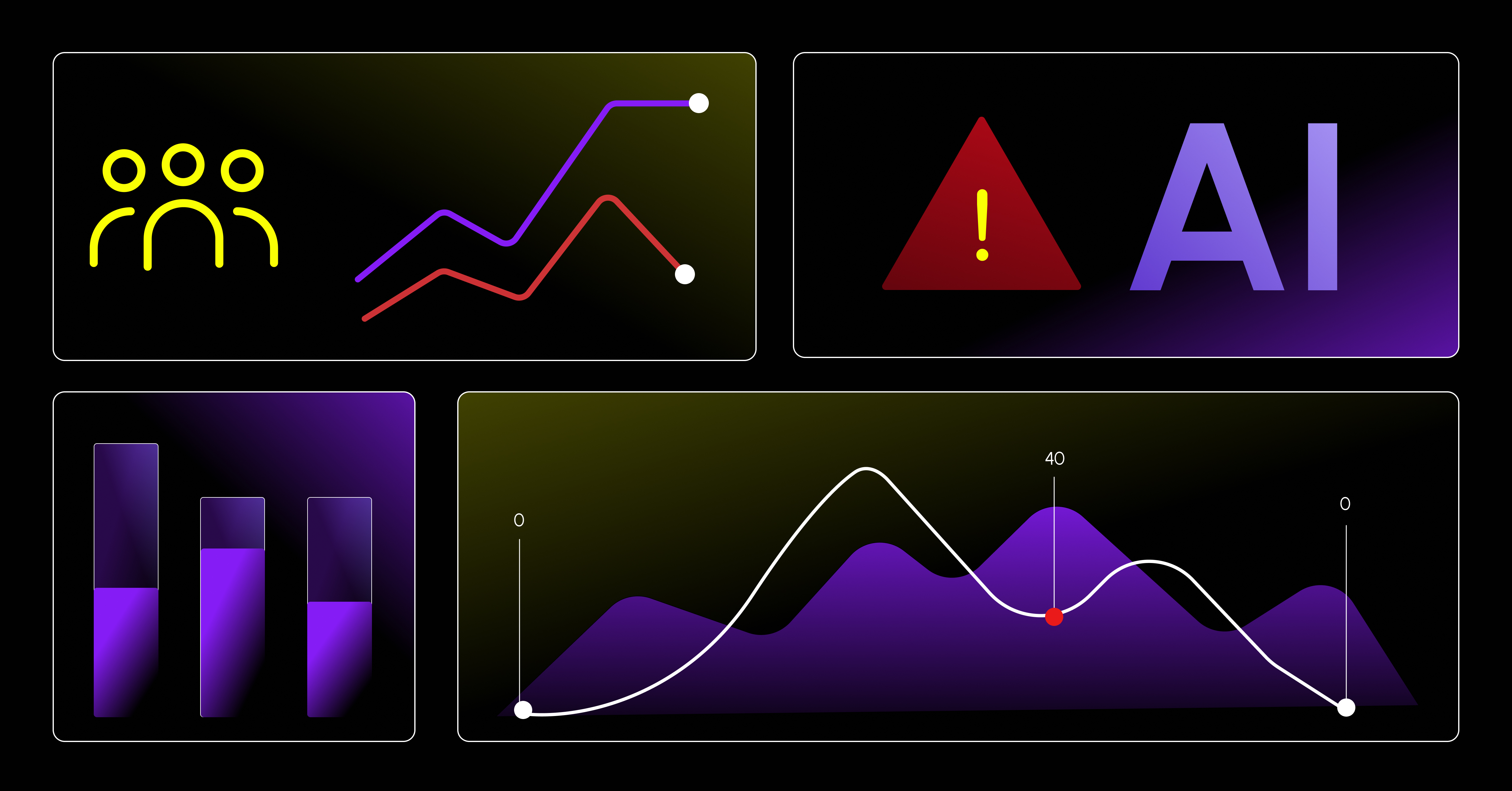
Introduction
In talent acquisition, speed has long been king. Metrics like time-to-fill and cost-per-hire have dominated dashboards for decades. But as artificial intelligence reshapes the recruiting funnel, speed alone is no longer enough. Faster workflows don’t guarantee fairer, higher-quality, or more transparent hiring.
With regulators scrutinizing AI systems and candidates expecting greater clarity, TA leaders need to rethink which metrics truly matter in 2025 and beyond.
The Problem With Legacy Metrics
Traditional KPIs like time-to-fill and cost-per-hire were designed for a different era. They measure efficiency, but not experience or fairness.
For example:
A singular focus on speed or cost can mask deeper issues.
The Metrics That Matter Now
1. Time-to-First-Human-Touch : Candidates increasingly expect responsiveness. Research from Criteria found that one-third of job seekers assume they’ve been ghosted if they don’t hear back within a week. [Criteria Candidate Experience Report, 2024]. Tracking the moment when a human first engages with a candidate is a more meaningful indicator of experience than time-to-fill.
2. Quality of Hire : Gartner recommends multi-signal measurement, including performance ramp-up, retention, and hiring manager satisfaction. [Gartner, 2023]. This ensures AI doesn’t optimize for volume at the expense of long-term success.
3. Fairness and Adverse Impact Monitoring : A 2023 study from the University of Washington showed large language models can replicate gender and racial bias when ranking résumés. [University of Washington, 2023]. Monitoring selection rates by protected groups is essential — and in places like New York City, legally required.
4. Candidate Trust Index : Transparency matters. Research published in the Journal of Business and Psychology found that disclosing AI usage in job postings increased trust and applicant willingness to apply. [Journal of Business and Psychology, 2023]. A short post-process survey can help quantify this.
The Compliance Angle
Regulation is reshaping the KPI landscape.
Compliance isn’t just a legal requirement — it should shape what you measure.
Conclusion
Metrics drive behavior. If you measure only for speed and cost, your teams will optimize for speed and cost — often at the expense of fairness and candidate experience.
The future of talent acquisition measurement requires balance:
By evolving your scorecard, you not only future-proof against compliance risk but also strengthen your employer brand in an AI-driven era.
CTA:
Start small: add one fairness metric and one candidate experience metric to your TA dashboard this quarter. You’ll quickly see how different the story looks compared to legacy KPIs.